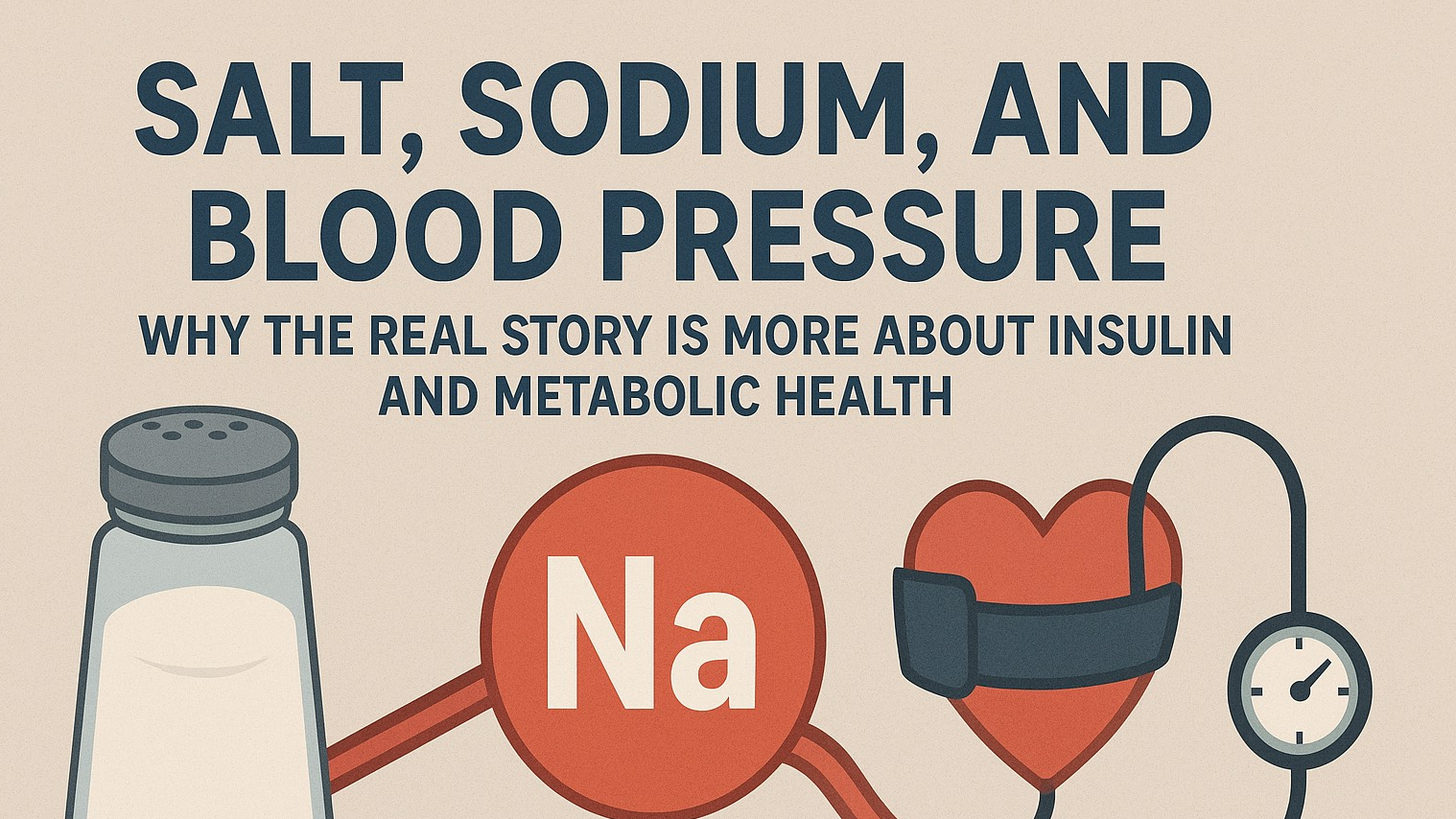The Cellular Symphony: Understanding Cellular Health
Before we delve into the benefits of Omega-3, let's first understand the importance of cellular health. Our body is composed of trillions of cells, each working tirelessly to ensure our overall well-being. We'll explore the fundamental aspects of cellular health and the pivotal role it plays in our daily lives.
Unmasking the Superhero
Omega-3 Fatty Acids are the unsung hero of cellular health! There are various types of Omega-3 fatty acids, including EPA (eicosapentaenoic acid) and DHA (docosahexaenoic acid), and they influence the well-being of our cells. From reducing inflammation to supporting brain health, Omega-3 is a true powerhouse.
Fueling Cellular Engines
Omega-3 and the energy production of our cells require a constant supply of energy to function optimally. Omega-3 fatty acids enhance cellular energy production by boosting mitochondrial function, the powerhouses of our cells. Omega-3 fuels the engines of our cellular metabolism.
Shielding Cellular Soldiers
Omega-3 is essential for maintaining good health, acting as a potent ally, strengthening our immune cells and modulating immune responses. Omega-3's reduce inflammation, support immune cell communication, and promote overall immune health.
Maintaining Cellular Harmony
Omega-3 provides cellular communication that is vital for coordinating various processes within our body. Omega-3 fatty acids play a crucial role in influencing cell signaling pathways and helps our cells communicate effectively, promoting overall cellular harmony.
Guardians of the Brain
The brain, with its intricate network of cells, requires special attention when it comes to cellular health. Omega-3 fatty acids have been extensively studied for their impact on brain health, including improving cognitive function, supporting mood stability, and reducing the risk of neurological disorders. The brain-boosting benefits of Omega-3 has extensive research on it benefits. One Omega 3 I recommend is Zinzino Omega 3 with EPA, DHA, Vitamin D and Polyphenol’s from Olive Oil. The fish oils are from Anchovy, Mackerel, and Sardine, high quality sources of Omega 3. Omega-3 Balance Oil
Unlocking the Secrets: Omega-3 Sources and Supplementation
From fatty fish like Anchovy, Salmon, Mackerel, Sardines, Tuna to plant-based alternatives like Algae, Ahiflower oil, EVOO, natural tocopherols, the role of supplementation, dosage recommendations, and any precautions to consider.
Recipes to Savor
Omega-3 Delights on cellular health with Omega-3 is not complete without some delicious recipes! We have mouthwatering dishes that are not only nutritious but also rich in Omega-3 fatty acids. From Omega-3-packed salmon dishes to vegan chia seed puddings, get ready to tantalize your taste buds while nourishing your cells. Browse our “Recipe” section on larsonhealthweightloss.com. Schedule your FREE confidential Health Assessment today and we can discuss your goals and more about this subject to answer any of your questions.
Conclusion
We hope this journey through the realms of cellular health and Omega-3 fatty acids has enlightened and inspired you. Remember, by incorporating Omega-3 into your diet, you can unleash the incredible power it holds to nurture and protect your cells. Here's to a vibrant and healthy cellular life, fueled by the wonders of Omega-3!
 Add Row
Add Row  Add
Add 










Write A Comment